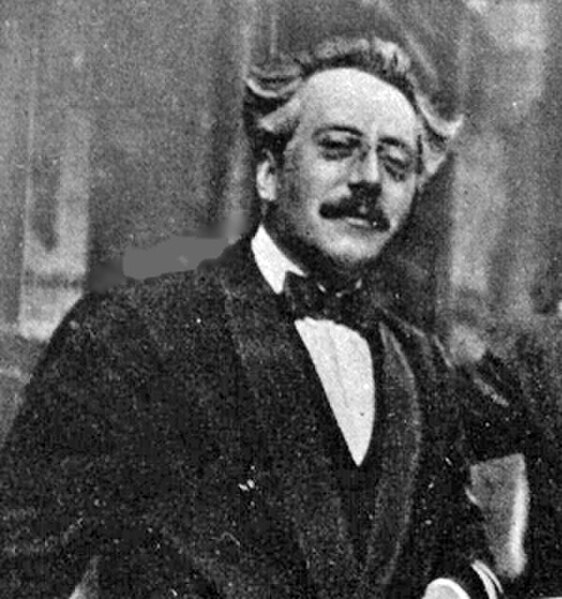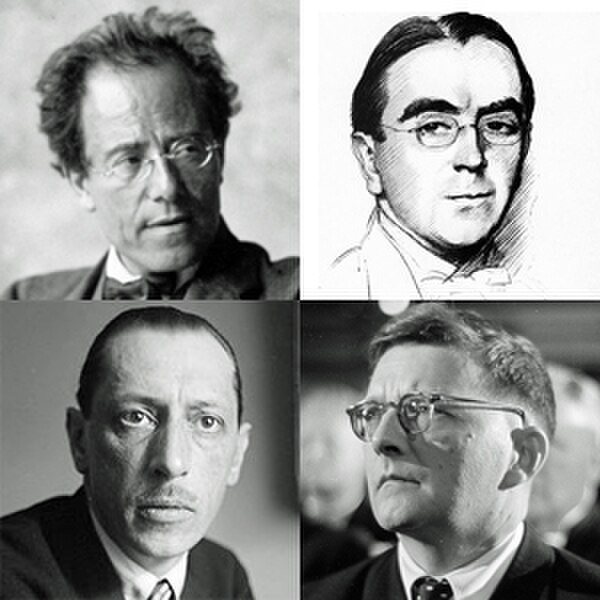Paul Bunyan, Op 17, is an operetta in two acts and a prologue composed by Benjamin Britten to a libretto by W. H. Auden, designed for performance by semi-professional groups. It premiered at Columbia University on 5 May 1941, to largely negative reviews, and was withdrawn by the composer. Britten revised it somewhat in 1976 and it has subsequently had numerous performances and two commercial recordings. The story is based on the folkloric American lumberjack, Paul Bunyan, with the music incorporating a variety of American styles, including folk songs, blues and hymns. The work is strongly sectional in nature, highly reminiscent of the 'Broadway musical' style of the period.
The composer in 1968
Edward Benjamin Britten, Baron Britten was an English composer, conductor, and pianist. He was a central figure of 20th-century British music, with a range of works including opera, other vocal music, orchestral and chamber pieces. His best-known works include the opera Peter Grimes (1945), the War Requiem (1962) and the orchestral showpiece The Young Person's Guide to the Orchestra (1945).
Britten in 1968, by Hans Wild
Britten's birthplace in Lowestoft, which was the Britten family home for more than twenty years
Frank Bridge, Britten's teacher (photographed in 1921)
Early influences, clockwise from top left: Mahler, Ireland, Shostakovich, Stravinsky




